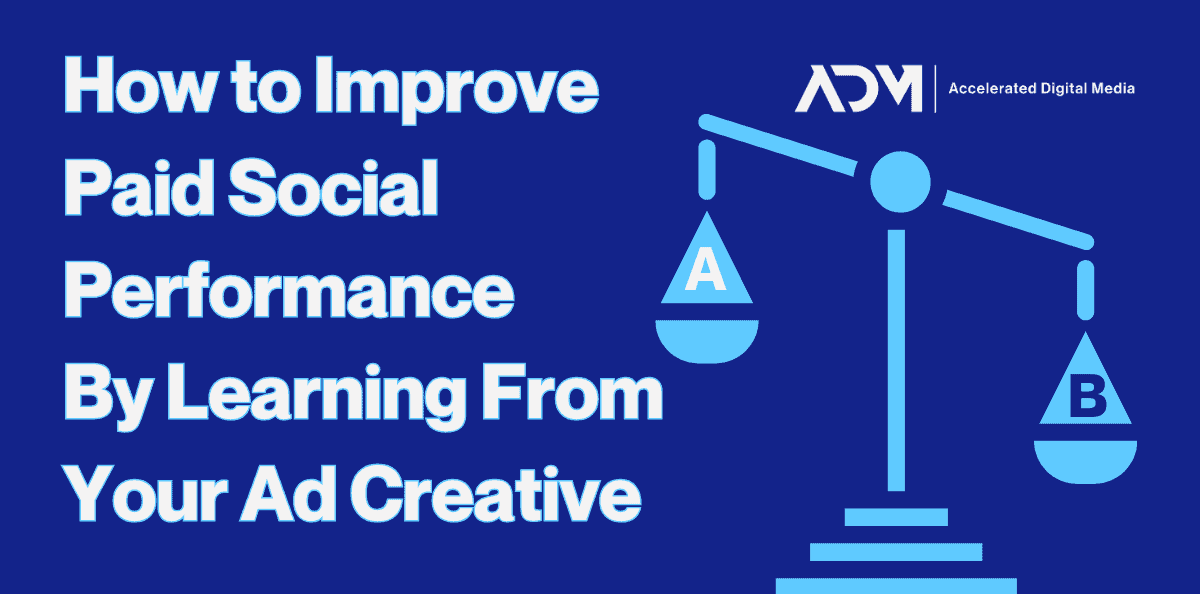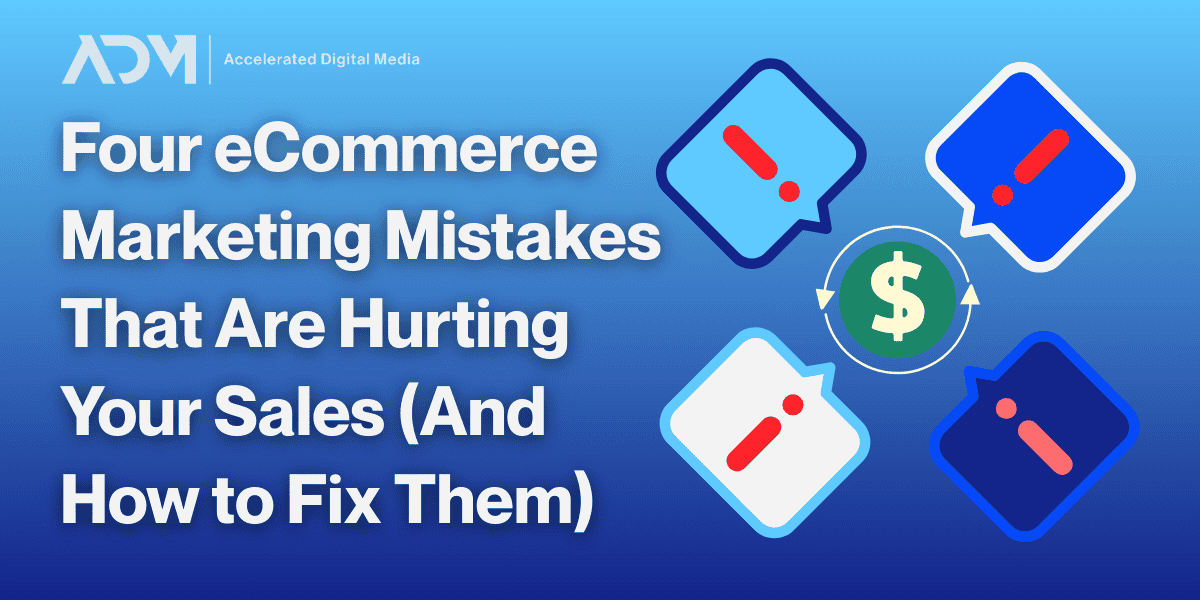Advertising creative is perishable—you never want to serve anything stale to your prospective customers. And even if your existing creative still feels fresh, it’s vital to know which particular themes and elements are resonating best with people so you can continue to push in those directions and deliver the most effective content at all times.
That’s why it’s essential to always be testing out new creative on paid social media. By learning from your creative successes and failures, you can avoid tiring out your audience with redundant content while striving towards continual improvement.
In this blog post, we’ll discuss the importance of creative testing on paid social media, outline best practices, provide expert tips, and showcase one particular success story as an example of how effective creative testing can lead to outstanding results.
Adopting a Testing Philosophy
Embracing a testing philosophy is the key to ad creative that will resonate best with your intended audience. Continuously experimenting with various creative elements, such as ad copy, images, and video hooks, helps to refine your advertising strategy and improve overall performance. Throughout this A/B testing process, the high-performing creative assets will rise to the top so you’ll be able to focus on scaling those while discarding lower-performing options.
To truly embrace creative testing, you need to keep an open mind and be willing to explore different ad formats and styles. While it’s important to maintain the brand identity you have worked so hard to establish, there are times when it may be worthwhile to investigate whether new ad styles might be valuable. For instance, we recently wrote about the example of “post-it” style ads, a simple lo-fi ad format that can work wonders for certain brands that might not think to embrace it.
Beyond just the content and messaging of your creatives, it can also be useful to plan tests around different ad formats—diversify the creative mediums in your tests, such as static images, videos, animated content, and platform-specific styles. Inspiration can come from analyzing competitors’ advertising strategies, or even just noting when you see an innovative or compelling ad technique in your own travels through your preferred social platforms.
One approach is to use the “rule of threes,” where you test three different iterations of similar creative to identify the most effective version using slight variations in elements like hooks or ad copy. Platforms like Meta offer Dynamic Creative and Split Tests that enable you to conduct A/B testing across various creative elements and targeting strategies.
Testing Creative in Your Core Paid Social Campaigns
There are a few ways to go about testing your creative. While the natural inclination is to use standalone campaigns for testing, the team at ADM has found that it’s often more useful to test new creative elements in existing core campaigns. There are a few reasons for that.
For one, it streamlines the optimization process by allowing data analysis and creative refinement to occur within the same campaign context as your current creative, saving time and resources. This way, you can identify high-performing assets in real-time and make necessary adjustments without setting up separate testing campaigns that likely will have a lower budget and no historical algorithmic learnings to draw from.
Additionally, testing in core campaigns allows for more consistent performance metrics and insights, since your new elements are working with the same campaign realities—like audiences, algorithmic learnings, campaign goals—as your existing content, meaning the test is being done on a more level playing field. This approach can also help maintain social proof by leveraging successful test campaigns’ results in core campaigns. Transferring social proof, such as engagement and conversions, can improve the overall effectiveness of ad creatives and positively impact campaign performance.
What ADM Clients Learn From Creative Testing
At ADM, we write a lot about creative testing for paid social because it’s something we really do—constantly. Through testing, our clients have been able to learn new things about their audience and brand itself while producing remarkable results.
What Ad Styles Resonate
ASRV, an apparel client that makes premium athleticwear, prioritizes learning from creative tests and evolving to capture their target audience’s attention. ADM provided frequent ad hoc reports on creative performance, with key takeaways for the client’s creative team. By comparing results from different creative styles within the account, we discovered that product-focused creative showcasing ASRV’s key selling points outperformed creative focused on models wearing the clothing. The resulting stylistic decisions contributed to an overall strategy shift that vastly improved social marketing performance—to the tune of 60% more revenue, a 42% higher ROAS, 75% more purchases, and a 35% better CPA in Q1 2024 compared to 2023.
Simple Isn’t a Bad Thing
Embracing unconventional ad styles can lead to fantastic results. ADM suggested that a large online health and beauty brand test the aforementioned “Post-It” style ads, which deviated from their established branding. These ads featured a lo-fi product image with a sticky note highlighting a product’s value proposition. The test showed a 26% higher return on ad spend (ROAS) and a 23% lower cost-per-order (CPO) than the account’s average. The ads also drove higher organic engagement, prompting the brand and ADM to introduce the idea to other clients. Finding success outside of one’s comfort zone highlights the importance of being open to new creative styles.
Finding New Ways to Appeal
Much of American Hat Makers’ (AHM) existing social video ad inventory was professional and polished. However, on social media, users expect user-generated content (UGC), which feels more authentic and relatable. ADM helped AHM create and test various UGC-style videos for their campaigns. This new content significantly improved key metrics: link click-through-rate (CTR) by 21%, cost-per-acquisition (CPA) by 5%, and return on ad spend (ROAS) by 28% compared to their old ad inventory. By testing UGC, AHM effectively connected with their audience while boosting ad performance.
Digital marketing thrives on experimentation, but success isn’t guaranteed. New strategies and tests can backfire and produce inferior results—which is why it’s important to monitor your tests closely and only allow them to influence overall strategy once they’ve proven successful at scale. But you’ll never know what your paid social advertising could be returning until you’ve tested your hypotheses.
If you’re looking to learn more about creative tests you could be running, or you want to partner with an agency that continually seeks to improve campaign performance, don’t hesitate to reach out to the ADM team.




